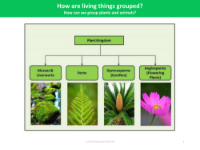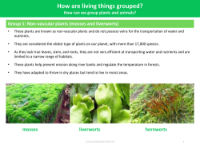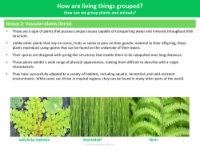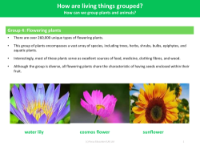Group 3: Gymnosperms - Grouping Living Things - Year 4
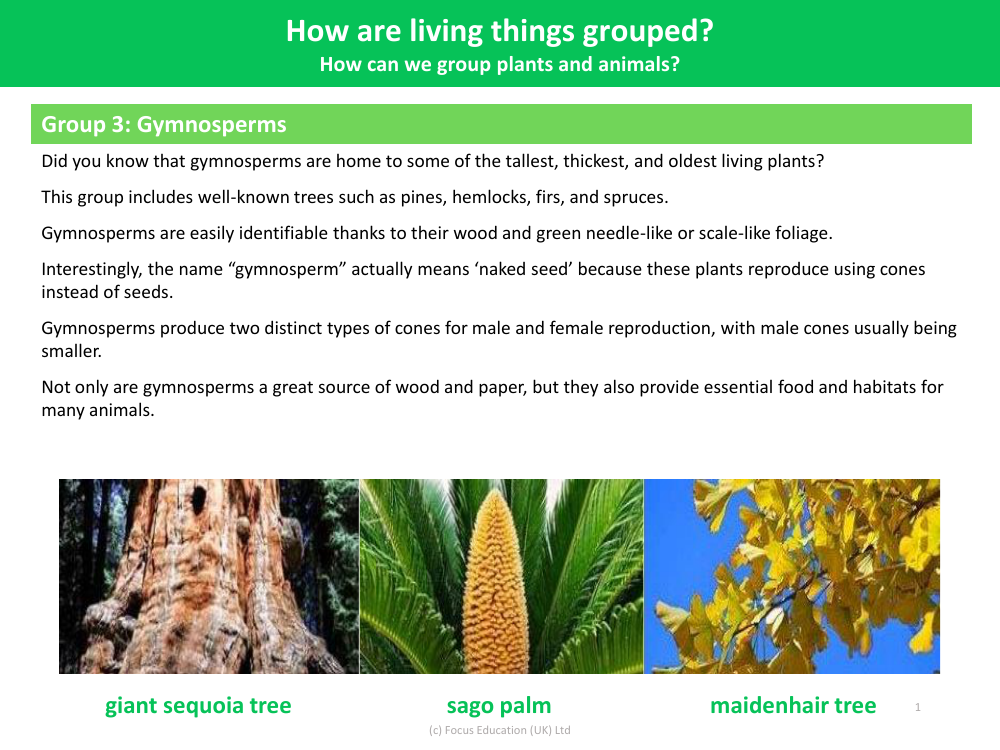
Science Resource Description
In Year 4, students learn about the fascinating world of gymnosperms as part of their studies on grouping living things. Gymnosperms, a group that includes some of the most remarkable plants on Earth, are renowned for their impressive sizes and ages. Among these, you can find the towering giant sequoia tree, the ancient maidenhair tree, and the sago palm. These plants are not only significant for their stature but also for their unique reproductive process. Unlike many other plants that produce seeds enclosed within fruit, gymnosperms reproduce by producing cones, which is why they are termed 'naked seed' plants. Their seeds are not covered by an ovary wall, hence the name 'gymnosperm' which translates to 'naked seed' in Greek.
Gymnosperms are easily recognizable by their woody structure and their leaves, which are typically green and either needle-like or scale-like. This group is diverse and includes familiar trees such as pines, hemlocks, firs, and spruces. Their method of reproduction involves two types of cones: male and female, with the male cones generally being the smaller of the two. Beyond their botanical interest, gymnosperms are incredibly important in our ecosystem. They are a vital source of wood and paper and play a crucial role in providing food and shelter for a wide array of animal species. Understanding how gymnosperms fit into the broader classification of plants helps students appreciate the diversity and complexity of the natural world.


